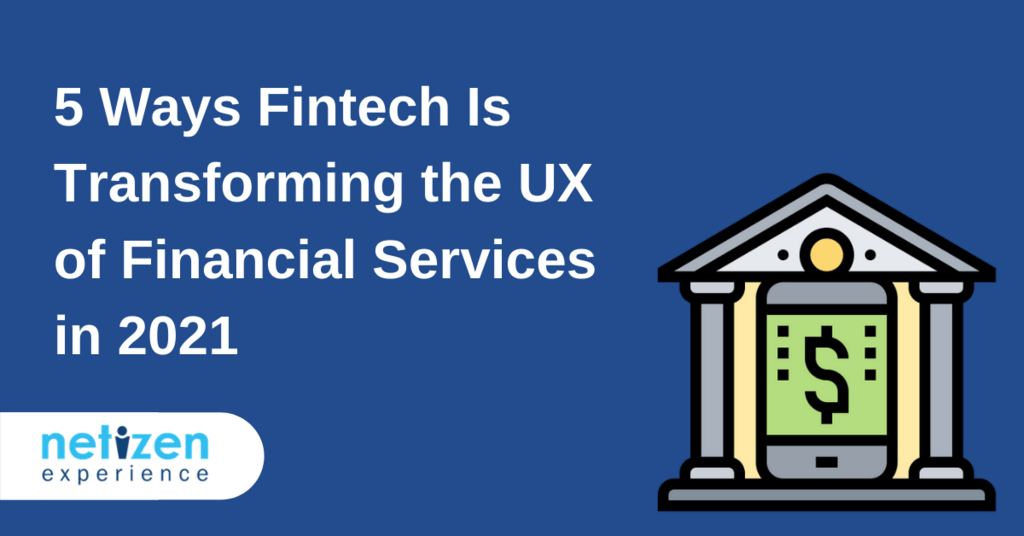Fintech is a portmanteau of ‘Finance’ and ‘Technology’, financial technology has revolutionised the way we do our finances since the 1950s, continues to transform the financial services industry today, and will continue on as technology evolves.
In this Article
A Brief History of Fintech
In the 1950s, credit cards were introduced to reduce the burden of carrying cash everywhere. ATMs started appearing in the 1960s to make it more convenient for people to withdraw money instead of going into a bank and making a transaction with a teller (a real person!). The 1970s brought us the beginning of electronic stock trading. The 1980s was the inception of bank mainframe computers which gave us more sophisticated data and record-keeping systems. And the 1990s came the boom of the Internet.
Now, during the 21st century, the financial services industry is further digitised by e-wallets or mobile wallets, payment applications, AI advisers for retirement and wealth planning, online lending platforms, and equity crowdfunding platforms.
This begs the question, how has it changed in the 21st century? Here are 5 ways fintech is transforming the User Experience (UX) of the financial services industry in 2021:
1. Omnichannel Customer Experience As the Default
We have countless ways of communicating with each other, and this should be the same for communicating in the financial services industry. Digital channels of communication are preferred by customers in connecting with businesses. Because of this, there’s a pivot from the traditional procedures to digital solutions.
An omnichannel is a cross-channel strategy used in improving user experience with the aim of creating better relationships with users across points of contact. Unlike multichannel where all channels are available to the consumers but aren’t integrated, omnichannel and their supporting resources are designed to cooperate together.
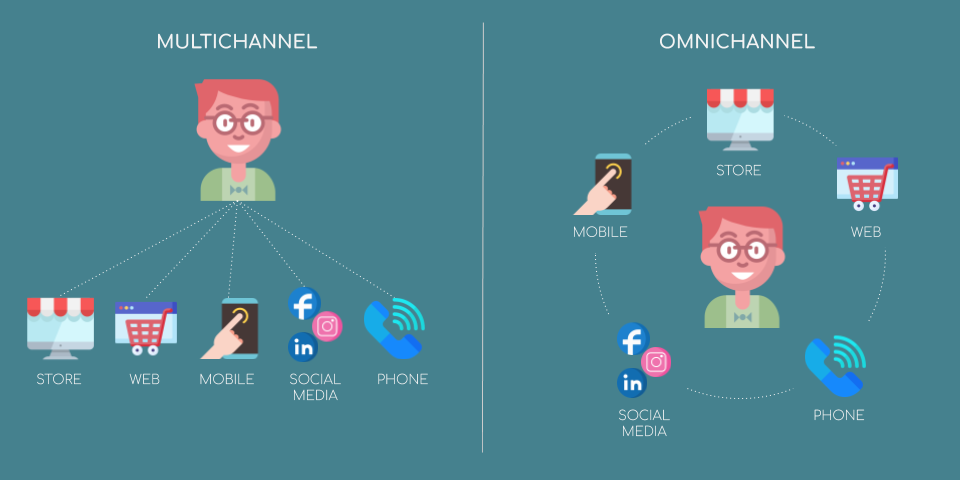
New consumers’ demands are met in an omnichannel customer experience not just on mobile but on social media as well as multiple messaging channels such as email, live chat and SMS. In order to achieve true customer-centric operations, there is a need to facilitate customer communications through any channel necessary.
Let’s take users in banking, an omnichannel customer experience means that the user gets consistent and seamless interactions online, no matter which device they use, extending to offline interactions with branches that integrate with digital services. Following the user behaviour shift, financial institutions are utilising fintech to migrate transactions and sales to digital channels with the aim of creating a unified and enhanced user experience.
Financial institutions can utilise software to help adopt a multi-channel messaging solution by combining artificial intelligence (AI), machine learning and automation to streamline the communication between the business and the user, boosting sales and customer engagement.
Co-browsing is one of the latest technological solutions that assists financial services in delivering omnichannel support. In addition to banks, co-browsing is also used by insurance agents who can co-browse along with users to provide in-person assistance.
The main benefit of co-browsing is allowing agents to navigate alongside the user on specific pages, with the ability to step in and help with a show and tell approach during crucial stages of the journey: from form-filling to post-sale customer service. This helps to enhance the user experience of the customer by having a ‘shopping assistant’, especially for making decisions that are not familiar to them.
2. Automated Financial Advice
Virtual assistants or robo-advisors are automations that are implemented in the form of an automated messaging through live chat or other communication channels, built around specific company needs and is triggered by user behaviour with the aim of increasing sales and customer engagement.
The delivery of financial services is automated using a hybrid of human and machine. It ranges across several processes from delivery, basic advisory, data-driven insights for a tailored service with automated systems to customer onboarding.
The automation helps financial advisors, insurance agents, wealth and asset management agents to capture leads better, build a better relationship with their customers, and helps deliver a more comprehensive offering of services.
StashAway, an online investment management company currently operating in Singapore and Malaysia, uses an automated investment platform where robo-advisors collect information from clients online. Using the data collected, StashAway provides financial or investment advice accordingly, even displaying sample projections based on deposit amount and time invested.
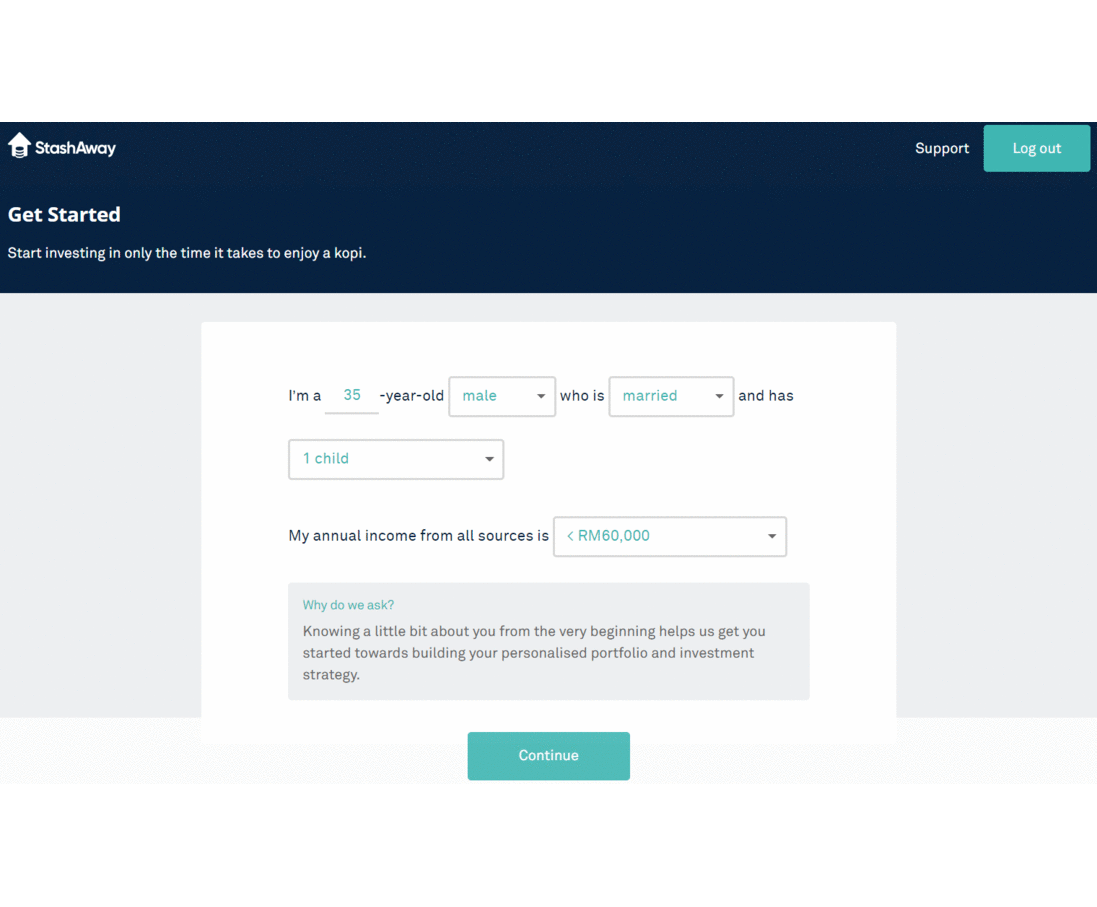
3. Open Innovation for New Developments
Keeping an open mind is important, especially when it comes to innovation. Open innovation is vital for digital transformation, and the open approach to innovation continues to grow in popularity. Financial institutions are increasingly engaging with external solutions, opening up to third-party innovators for new ideas and developments.
In a report by Accenture on the future of fintech and banking, they highlight how the open concept is embedded in the approach of various new fintech companies, featuring a real-life case study for Germany’s Fidor Bank. The bank has established a middleware with an open Application Programming Interface (API) that has the ability to connect the existing core banking platforms to offer a range of services for lending, the arrangement of an emergency 24-hour loan, and even sending money via Twitter! This can greatly improve how a customer or user experiences the banking services moving forward. The customers only need to have a phone at hand to unlock even the more complex banking needs, not just making fund transfers or checking of balances.
Many processes such as affordability assessment, bank statement reporting, and credit searching can be streamlined by partnering with fintech providers that offer open banking technology.
4. Blockchain and Cryptocurrencies Transactions
Accenture also suggests that the biggest opportunity from taking an open approach to innovation is possibly in the area of Blockchain, which is the protocol that underpins the distributed architecture of Bitcoin.
Cryptocurrencies offers users quick and cheap ways to complete transactions. So eventually, sending money across the border can be very cost-effective or at no cost!
It is still early days for cryptocurrencies and the long term effects of their adoption is unclear. However, it is clear that if established financial institutions are to benefit from this approach, they will need to engage a wider range of technical specialists and developers from outside the organisation.
5. Chatbots for Customer Service
Chatbots are popular for many businesses, especially for banks who use the functionality to streamline numerous customer interaction processes, also known as conversational banking.
Chatbots are considered virtual assistants to agents, allowing them to spend less time on the handling of basic inquiries and instead to focus on more complex tasks.
The main benefits of chatbots for the financial services industry includes immediate and speedy response in supporting simple queries which sets a good first impression for customers, pointing customers to relevant web pages or departments, as well as automated data collection.
Chatbots are also useful in their ability to integrate with applications and other technologies, making use of machine learning to expand its usability continuously. For example, open banking is one of the developments which can automate various queries and gather relevant financial data from customers by integrating with chatbot technology.
From the users’ point of view, chatbots are able to provide assistance 24/7, unlike humans. Financial institutions can benefit from an improved customer satisfaction rating through chatbots because it helps to support queries and finds information online within seconds for customers
Mastercard KAI is a chatbot operating on Facebook Messenger, allowing consumers to make transactions, manage finances and even enabling Masterpass within the chat to pay without having to leave the app.
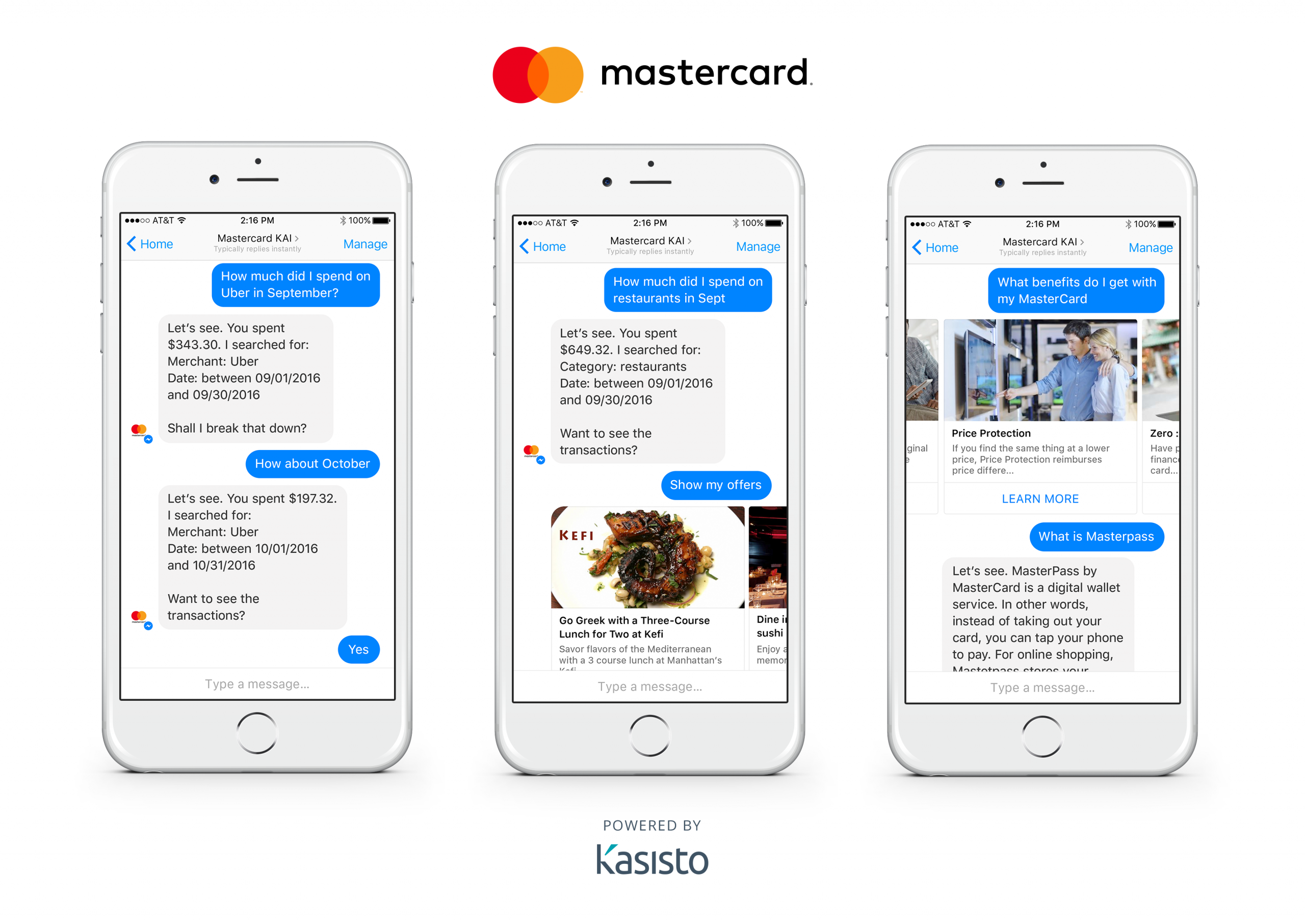
Credit: https://newsroom.mastercard.com/press-releases/mastercard-makes-commerce-more-conversational-with-launch-of-chatbots-for-banks-and-merchants/
AIA launched Malaysia’s first insurance chatbot called “Ask Sara” which supports AIA’s team of Life Planners, providing instant answers to agents’ general enquiries round the clock.

Credit: https://www.businesstoday.com.my/2017/12/05/ask-sara-first-insurance-chatbot-in-malaysia/
Hong Leong Bank’s HALI, which stands for Hong Leong Artificial Intelligence, is an automated internal support for their human resources and branch operations.
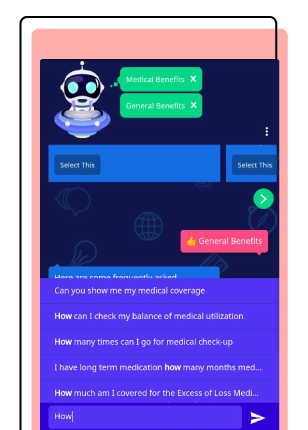
Credit: https://marketingmagazine.com.my/happy-your-ai-with-a-smile/
RinggitPlus collaborated with RHB Bank and Mah Sing in creating chatbots to facilitate personal loan applications and home loans respectively. The chatbots are only available in English currently but RinggitPlus has indicated that they will soon expand to more languages to cater to those in Asia.

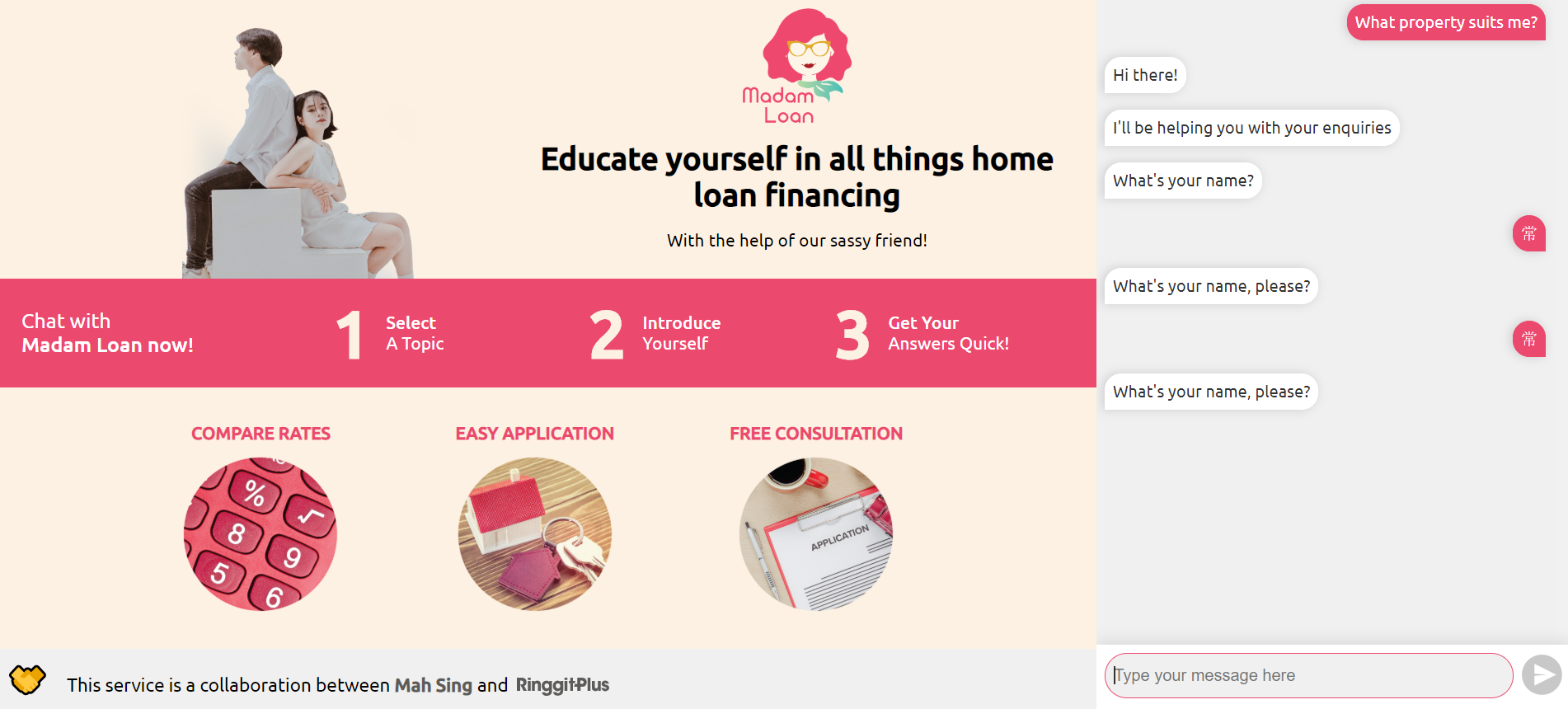
There is still room to improve the UX of Chatbots. This is because the human language is very complex, and if you put that in the Asia market, which requires multiple languages support, the challenge grows larger. At this point, we have seen many banks in Asia try to incorporate Chatbot into their mobile banking app, but the results are far from ideal. This is because customers are expecting a natural conversation user experience, and not merely tapping on options.
Our study has shown that users would rather navigate the menu to find what they need as they can see what sections of information are available upfront. A hybrid of human and chatbot will still be the better solution at the moment as it delivers a better end user experience, where the human customer support takes over when the chatbot does not understand the request.
